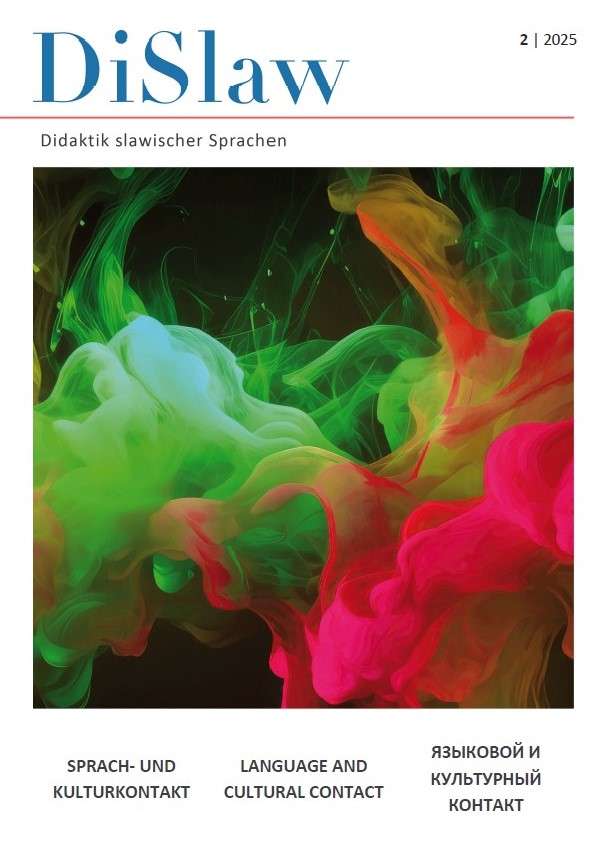No. 2 (2025): Language and Cultural Contact

Worldwide, speakers who use two or more languages are continuously interacting with one another, resulting in constant contact between languages and cultures. This is especially evident in language teaching, where we observe a rich mosaic of cultural and linguistic exchanges. Various factors, including the target language, the language of instruction, and the diverse linguistic backgrounds of learners and teachers, contribute to these dynamics. All this highlights the relevance of language and cultural contact as an interdisciplinary research field, which not only informs language-teaching practices but also enriches student experiences. It is worth emphasising that in contact linguistics, the focus is not directly on contact between languages, but rather on the consequences of interactions between speakers. In other words, language contact leads to reciprocal influences, which manifest in both explicit and implicit contact phenomena – such as lexical borrowings, interferences, code-switching, or language change. The eighth issue of the journal Didaktik slawischer Sprachen is dedicated to this timely topic, which is by no means limited to the teaching of Slavic languages. This thematic issue brings together seven linguistic studies and didactic contributions on language and cultural contacts between individual Slavic languages, the findings of which provide a valuable basis for the teaching of first, foreign, second, and heritage languages. The volume is complemented by a review of a recent textbook that addresses diverse language contact situations and examines the institutional positioning of contact languages in Germany. Just as research on language and cultural contact can be defined as open-ended, covering the entire spectrum of contact and sociolinguistic aspects, and ranging from almost microscopic analysis of recorded language fragments to the fate of individual nations (Heath, 1984, 367), the contributions in this issue are also diverse and reflect different methodological approaches and thematic foci.

